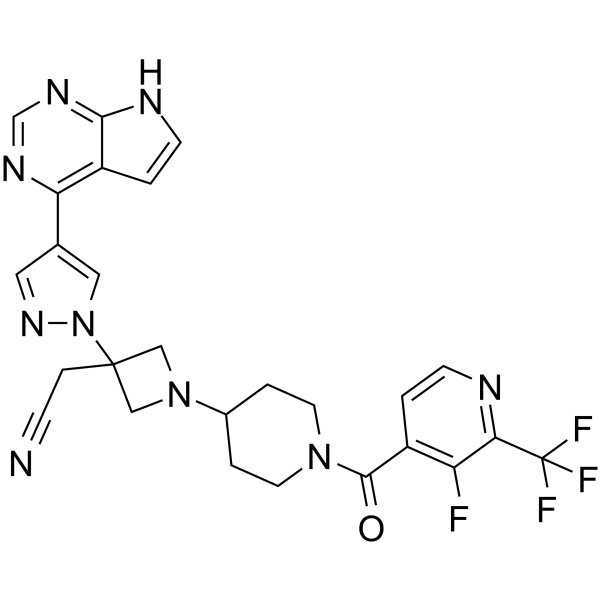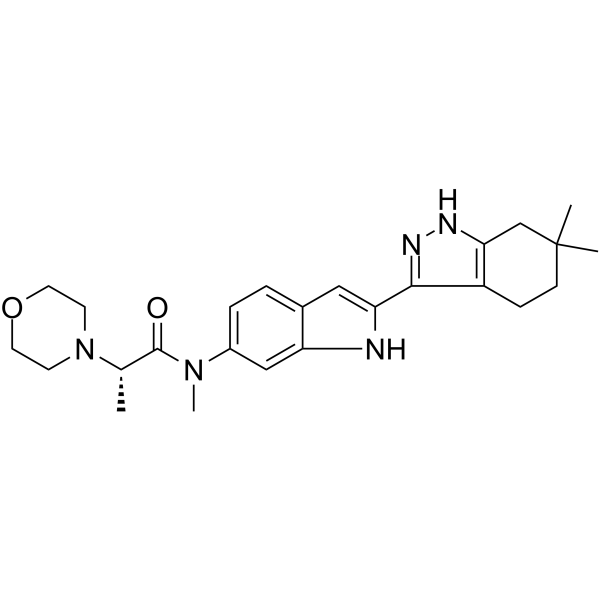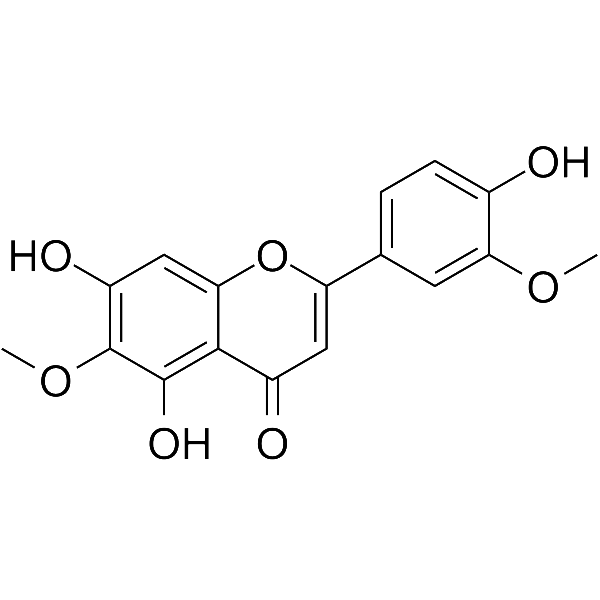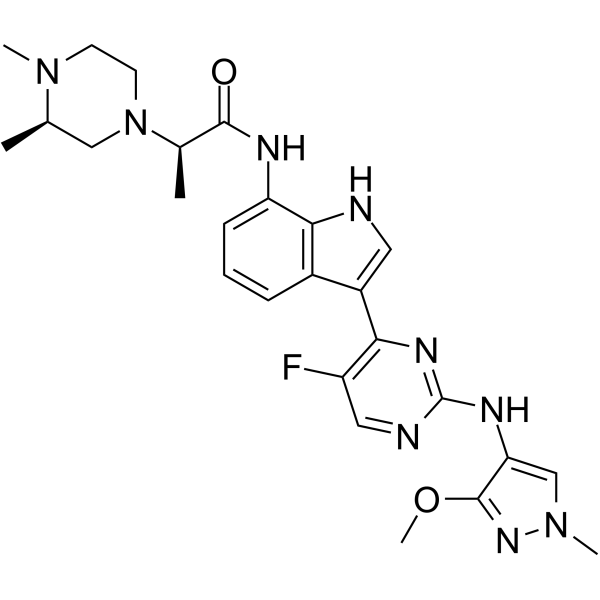|
BP10953
|
Inavolisib
|
|
|
|
|
GDC-0077 is an orally available and selective inhibitor of PI3Kα (IC50=0.038 nM). GDC-0077 is more selective for mutant versus wild-type PI3Kα. GDC-0077 exerts its activity by binding to the ATP binding site of PI3K, thereby inhibiting the phosphorylation of PIP2 to PIP3.
|
|
BP10819
|
INCB-057643
|
|
|
|
|
INCB057643 is a potent, selective and orally bioavailable BET inhibitor.
|
|
BP10939
|
Indibulin
|
|
|
|
|
Indibulin is a synthetic small molecule with antimitotic and potential antineoplastic activities.Indibulin an orally applicable inhibitor of tubulin assembly, shows potent anticancer activity with a minimal neurotoxicity. Indibulin reduces inter-kinetochoric tension, produces aberrant spindles, activates mitotic checkpoint proteins Mad2 and BubR1, and induces mitotic arrest and apoptosis.
|
|
BP10186
|
INDY
|
|
|
|
|
INDY is a potent and ATP-competitive Dyrk1A and Dyrk1B inhibitor with IC50s of 0.24 μM and 0.23 μM, respectively. INDY binds in the ATP pocket of the enzyme and has a Ki value of 0.18 μM for Dyrk1A. INDY sharply reduces the self-renewal capacity of normal and tumorigenic cells in primary Glioblastoma (GBM) cell lines and neural progenitor cells.
|
|
BP10348
|
Inebilizumab
|
|
|
|
|
Inebilizumab is an anti-CD19 monoclonal antibody (mAb) with enhanced antibody-dependent cell-mediated cytotoxicity against B cells. Inebilizumab can be used for multiple sclerosis and neuromyelitis optica research.
|
|
BP10699
|
Inecalcitol
|
|
|
|
|
Inecalcitol is the growth inhibitor of human breast cancer cells. Inecalcitol is a unique vitamin D3 analog with Kd of 0.53 nM.
|
|
BP10698
|
Inecalcitol
|
|
|
|
|
Inecalcitol (TX 522), a unique vitamin D3 analog, is an orally active vitamin D receptor (VDR) agonist with a Kd of 0.53 nM. Inecalcitol can induce cell apoptosis and has potent anticancer activities.
|
|
BP10742
|
Infliximab
|
|
|
|
|
Infliximab (Avakine) is a chimeric monoclonal IgG1 antibody that specifically binds to TNF-α. Infliximab prevents the interaction of TNF-α with TNF-α receptor (TNFR1 and TNFR2). Infliximab has the potential for autoimmune, chronic inflammatory diseases and diabetic neuropathy research.
|
|
BP10004
|
INH6
|
|
|
|
|
INH6, an effective Hec1 inhibitor, selectively disrupts the Hec1/Nek2 interaction and induces chromosome mis-alignment.
|
|
BP10448
|
Irbesartan
|
|
|
|
|
Irbesartan (SR-47436) is an orally active Ang II type 1 (AT1) receptor blocker (ARB). Irbesartan can relax the blood vessels, low blood pressure and increase the supply of blood and oxygen to the heart. Irbesartan can be used for the research of high blood pressure, heart failure, and diabetic kidney disease.
|
|
BP10965
|
Isobavachalcone
|
|
|
|
|
Isobavachalcone is a chalcone constituent of Angelica keiskei, has potent anti-inflammatory activity, possible can ameliorate neuronal injury in brain diseases associated with inflammation.
|
|
BP10660
|
Isokaempferide
|
|
|
|
|
Isokaempferide shows hepatoprotective, antiproliferative, and anti-inflammatory effects, the anti-inflammatory effects can be explained, at least in part, by reducing neutrophil degranulation, myeloperoxidase activity, mediators as well as TNF-alpha secretion. Isokaempferide is used as a bronchodilator, can induce relaxation of guinea-pig isolated trachea.
|
|
BP10163
|
Isolongifolene
|
|
|
|
|
Isolongifolene has antioxidant, anti-inflammatory, anticancer and neuroprotective properties. Isolongifolene is a tricyclic sesquiterpene isolated from Murraya koenigii. Isolongifolene attenuates Rotenone-induced oxidative stress, mitochondrial dysfunction and apoptosis through the regulation of P13K/AKT/GSK-3β signaling pathways.
|
|
BP10923
|
Isoscoparin
|
|
|
|
|
Isoscoparin is derived from Gentiana algida Pall with antioxidant and anti-adipogenic activities. Isoscoparin can be used in stuides about the prevention and treatment of obesity.
|
|
BP10514
|
Isosilybin A
|
|
|
|
|
Isosilybin A is a partial PPARγ agonist, it significantly induced ABCA1 protein expression, it inhibited both monophenolase (IC50=1.7-7.6μM) and diphenolase (IC50=12.1-44.9μM) of tyrosinase. Isosilybin A shows anti-angiogenic efficacy, it has anti-prostate cancer (PCA) activity that is mediated via cell cycle arrest and apoptosis induction.
|
|
BP10663
|
ISRIB (trans-isomer)
|
|
|
|
|
ISRIB (trans-isomer), the trans-isomer of ISRIB, is a effective and specific PERK inhibitor (IC50: 5 nM).
|
|
BP10377
|
Itacitinib
|
|
|
|
|
Itacitinib is an orally bioavailable inhibitor of Janus-associated kinase 1 (JAK1) with potential antineoplastic activity.
|
|
BP10357
|
ITK inhibitor 2
|
|
|
|
|
ITK inhibitor 2 is a interleukin-2-inducible T-cell kinase (ITK) inhibitor , with an IC50 of 2 nM.
|
|
BP10809
|
Jaceosidin
|
|
|
|
|
Jaceosidin has anti-oxidative activity. Jaceosidin has anti-inflammatory activity, also a microglial inhibitor with anti-neuroinflammation activity. aceosidin has anticancer activity, modulates the ERK/ATM/Chk1/2 pathway, leading to inactivation of the Cdc2-cyclin B1 complex, followed by G2/M cell cycle arrest in endometrial cancer cells. Jaceosidin has immunosuppressive effect through inhibiting T cell proliferation and activation, which is closely associated with its potent down-regulation of the IFN-γ/STAT1/T-bet signaling pathway. The pharmacokinetics of Jaceosidin may be dramatically affected by polymorphic CYP1A2, UGT1A1, and UGT1A7 responsible for the metabolism of Jaceosidin or by the coadministration of relevant CYP1A2 or UGT inhibitors or inducers.
|
|
BP10973
|
JAK1-IN-4
|
|
|
|
|
JAK1-IN-4 is a selective JAK1 inhibitor (IC50s: 85 nM, 12.8 μM and >30 μM for JAK1, JAK2, and JAK3, respectively). JAK1-IN-4 inhibits STAT3 phosphorylation in NCI-H 1975 cells (IC50, 227 nM).
|
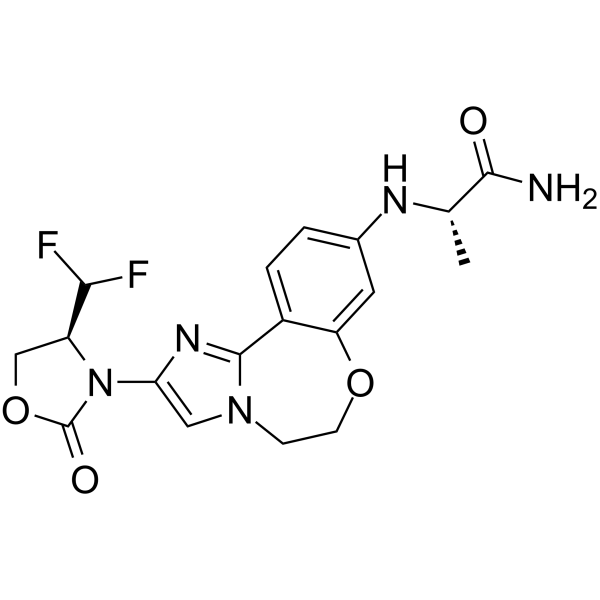
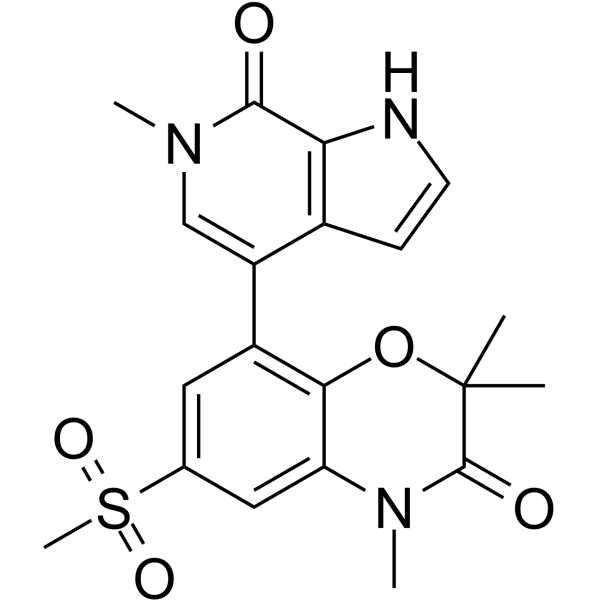
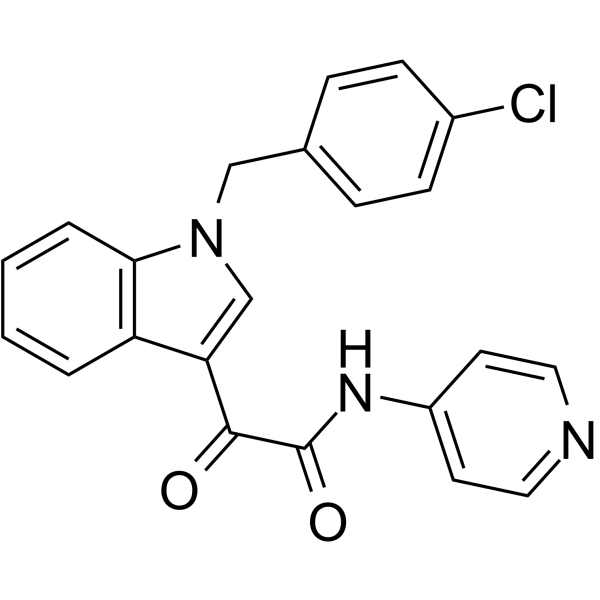
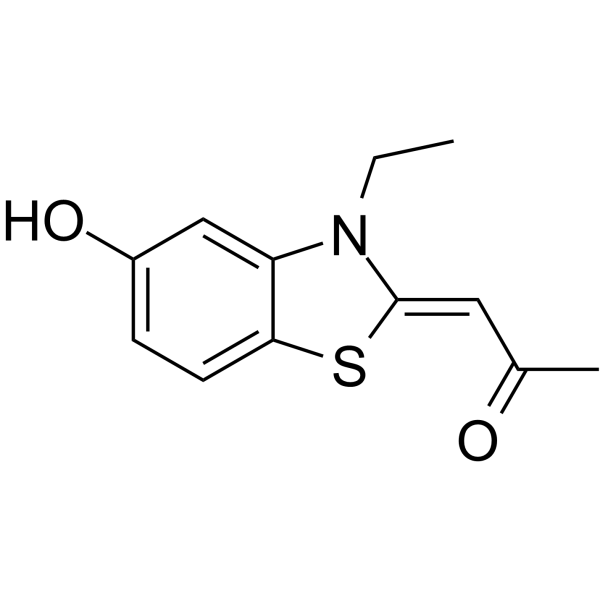

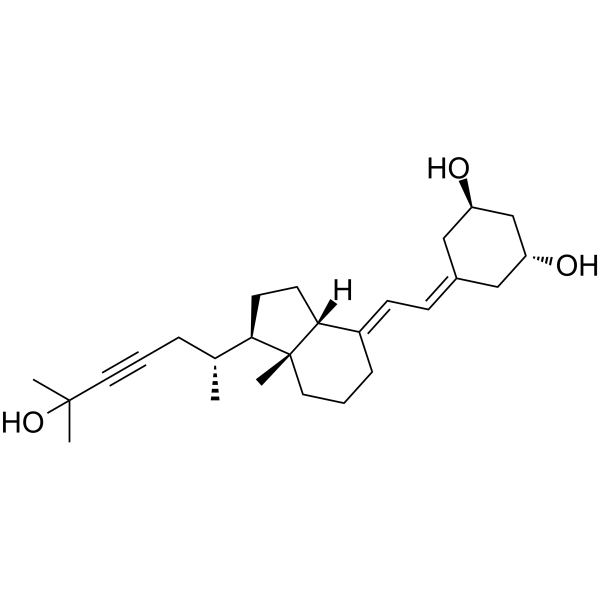




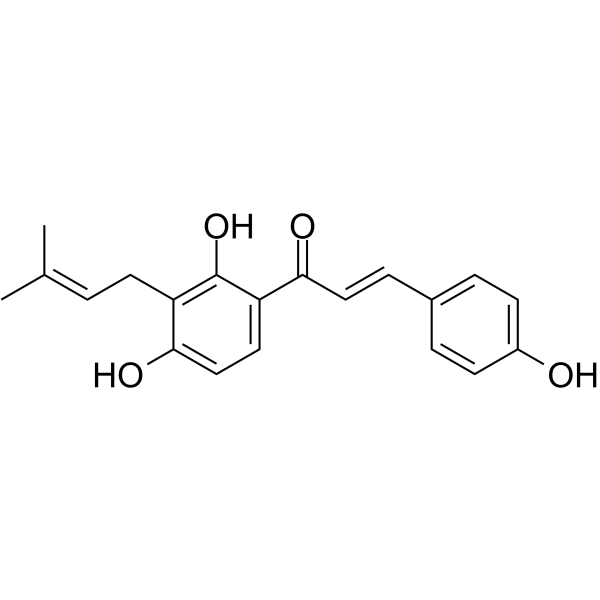

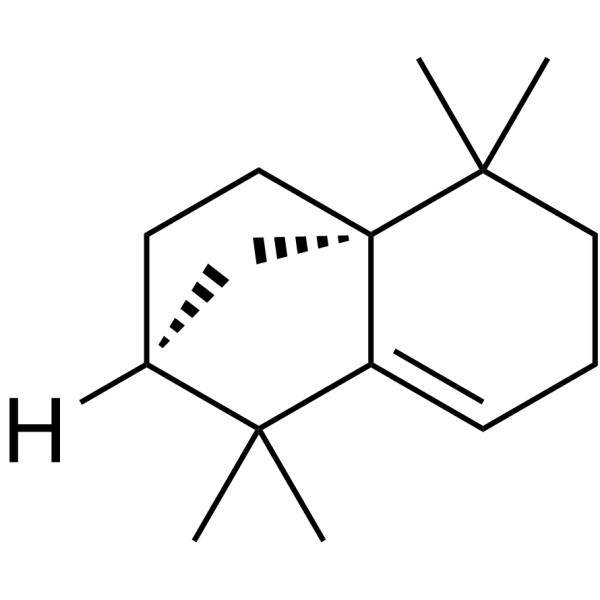
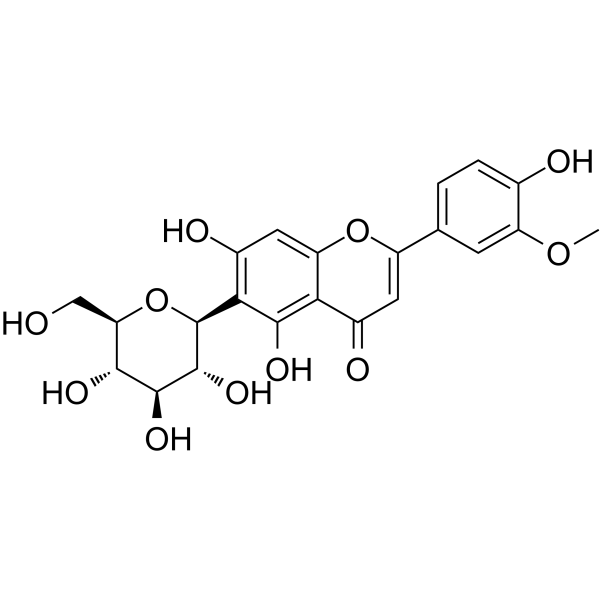
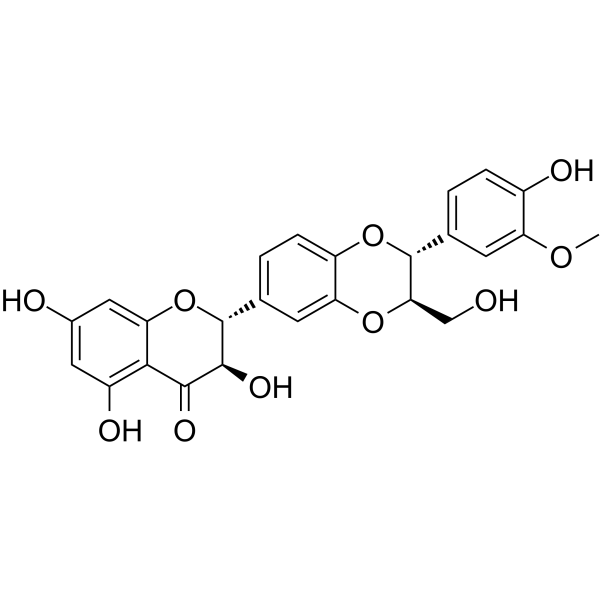
.gif)
